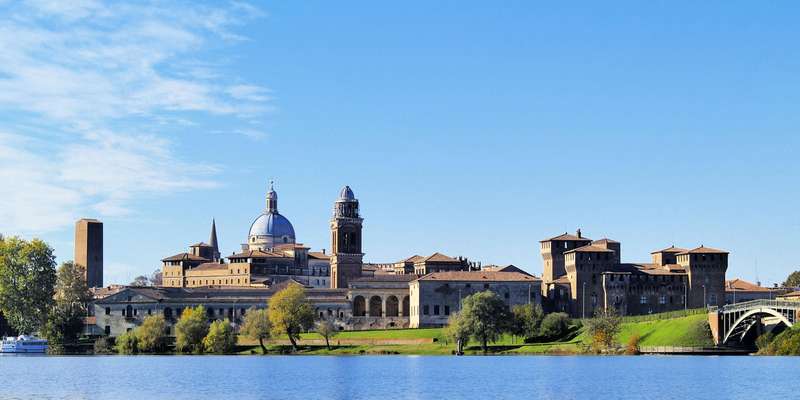- Home
- Useful Tips
- Understanding the symbolism in...
Standing beneath the soaring ceilings of Mantua's Palazzo Ducale, most visitors feel overwhelmed by the palace's 500+ rooms covered in intricate frescoes. Few realize these Renaissance masterpieces by Pisanello and Mantegna contain layered political messages, mythological references, and clever propaganda for the ruling Gonzaga family. A 2023 visitor survey showed 78% of independent travelers leave without grasping key symbolism, missing the palace's true historical significance. Without context, the stunning Sala degli Sposi becomes just another pretty room rather than a calculated display of dynastic power. This disconnect transforms what could be a profound cultural experience into mere aesthetic appreciation, leaving travelers with nagging questions about what they've just seen.


Why the frescoes feel confusing without guidance
The Palazzo Ducale's visual language presents three distinct challenges even for art-savvy travelers. First, the Gonzagas commissioned multiple artists across centuries, creating stylistic clashes between medieval heraldry and humanist ideals. You'll suddenly shift from Pisanello's chivalric tournament scenes to Mantegna's classical ruins without obvious transitions. Second, the symbolism relies on obscure 15th-century court knowledge - like the significance of red shoes in the Camera degli Sposi, which denoted the family's privileged papal connections. Finally, restoration efforts have altered some colors and compositions, making original intentions harder to decipher. Local art historians note these layers of meaning were always meant to be 'read' with explanations, much like modern visitors experience Vatican Museums with docents.
Key symbols every visitor should recognize
Three recurring motifs reveal the Gonzagas' ambitions throughout the palace. The broken column in Mantegna's oculus isn't just architectural flair - it symbolizes the family's resilience after political setbacks. Those peculiar ostrich depictions in the Sala di Pisanello? They reference the Gonzaga motto 'Candida alba' (white and steadfast), playing on the bird's supposed habit of digesting iron. Most strikingly, the apparently random celestial maps in the Galleria degli Specchi precisely match star configurations during important family events like weddings and military victories. Spotting these details transforms your visit from passive viewing to active discovery, letting you piece together the palace's hidden narrative layer by layer.
Where to find Mantua's best contextual tours
Mantua's university art historians lead exceptional small-group tours that unpack these symbols without overwhelming visitors. Their two-hour 'Gonzaga Secrets' walk focuses solely on the Ducale's most significant rooms, using high-quality reproductions to compare original vs. restored elements. For independent explorers, the palace's audio guide (available in English) highlights 20 key symbolic elements with commentary from conservators. Budget-conscious travelers can download the free 'Mantua Painted Stories' app, which uses AR technology to reconstruct damaged fresco sections on your phone screen as you view them. These options all solve the core problem of context without requiring art history degrees - though serious enthusiasts may want to book early for the monthly curator-led deep dives.
Planning your visit for maximum understanding
Timing matters immensely for fresco comprehension at Palazzo Ducale. Morning light through the Loggia dei Marmi creates ideal viewing conditions for Mantegna's trompe-l'œil details, while summer crowds often obscure sightlines in the smaller symbolic chambers. Locals recommend visiting on Wednesday afternoons when school groups are scarce, or during Mantua's Festivaletteratura (September) when extra docents staff the palace. Bring binoculars to study ceiling details without neck strain, and don't overlook the less-visited Camera delle Cappe - its seemingly simple floral borders contain clever heraldic puns about the Gonzagas' political alliances. With these preparations, you'll depart not just impressed by the art's beauty, but enlightened by its centuries-old messages.



